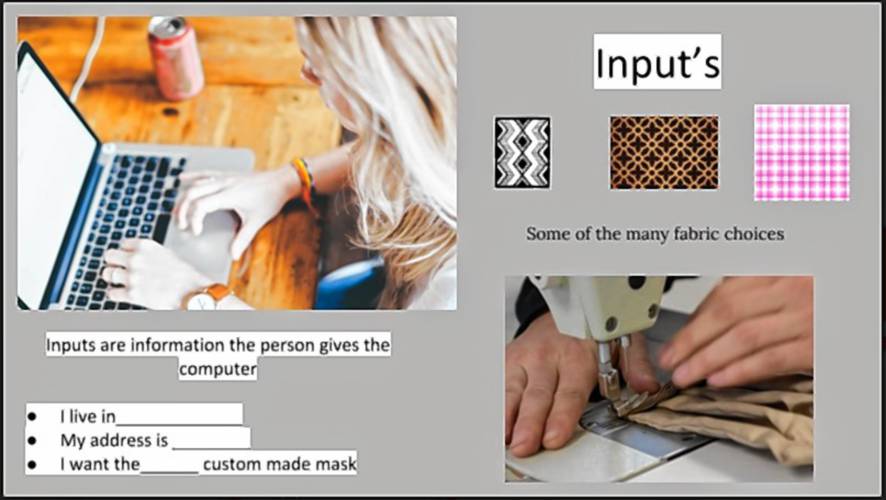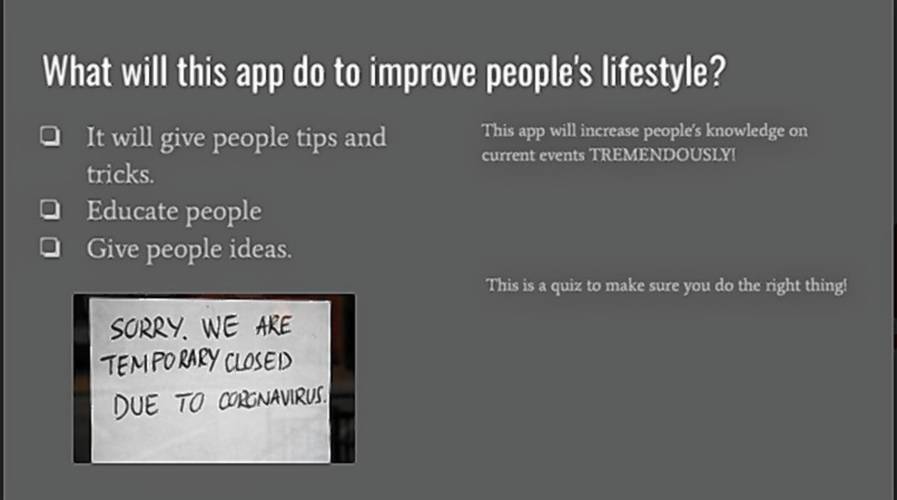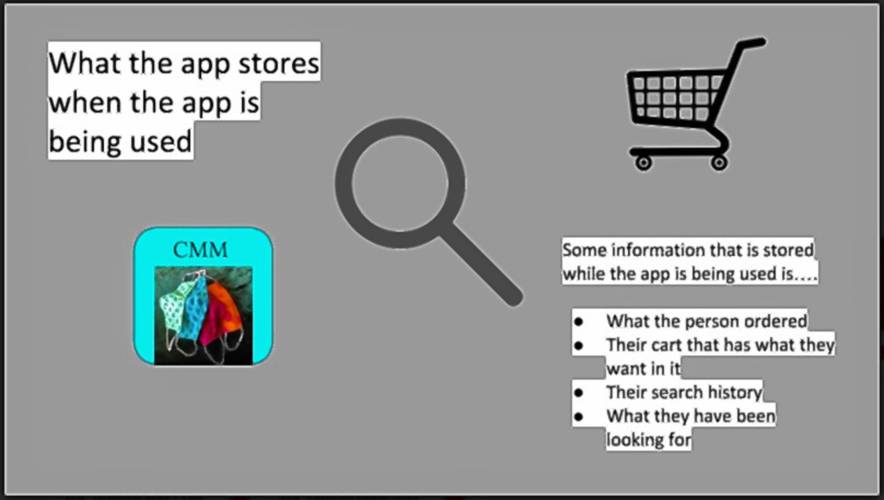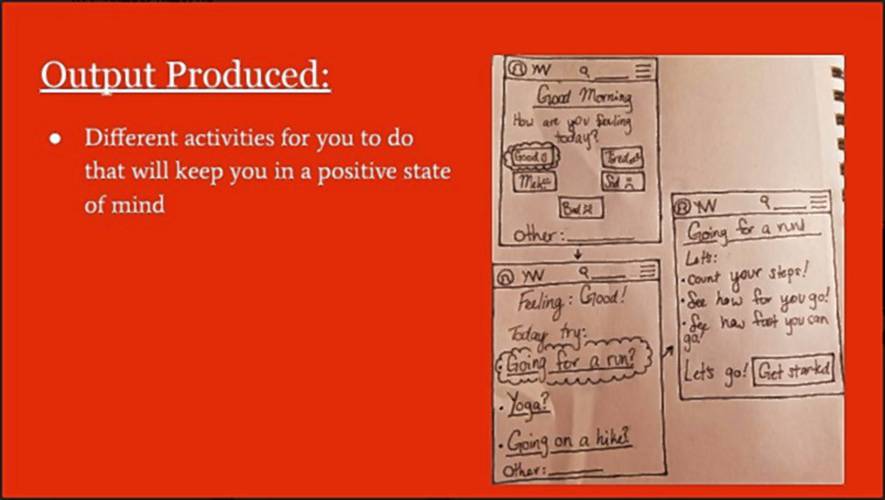Staff WriterPublished: 10/29/2020 4:43:18 PM
NORTHFIELD — Students in Pioneer Valley Regional School’s computer science program have spent the last two months developing apps that could be applied to real-world aspects of the COVID-19 pandemic.
Innovation Center teacher Dr. John Heffernan, a former engineer and computer scientist, said he is impressed by how each student designed an app that reflected their own concerns and interests.
“I wanted students to be empowered to create solutions to a pressing real-world problem,” he said. “That is our end goal ultimately, so why not start now?”
In the new computer science curriculum, called Computer Science Discoveries from code.org, students study key concepts of problem scoping, input, output, processing and storage. Seventh-graders who have a year-long computer science and engineering course, and a subset of eighth-graders who have a shorter rotation of computer science, all developed app concepts.
In the first unit, Heffernan said it was important to clearly communicate the concepts and objective of each app, as well as create an icon and portray the app layout. Students who continue into the second computer science unit will learn more about website design and app programming.
“We are excited to see our Innovation Center continue to expand, providing students the opportunities to use today’s technology to find solutions to present-day problems,” Pioneer Principal Kevin Burke said.
Presenting virtually Wednesday, seventh-grader Lauryn Kalinowski explained that her app concept, “Custom Made Masks,” is for all ages and helps those who trust that masks are an effective way to minimize the spread of COVID-19. The idea to create a sales outlet for masks was inspired by the work she has already been doing to combat the pandemic.
“I make masks with my mom a lot at home,” Lauryn explained.
She said the inputs — information a user gives to the computer or app — would include their name, shipping and payment information, and mask fabric choices. The outputs — information provided to the user by the app — would include the cost of the mask and images of the possible mask designs.
Fellow seventh-grader Bryanna May’s app “The Refiller” is meant for all audiences, and informs the user of retail locations with sanitization products in stock. Going to stores that may not have items can increase a person’s risk of exposure to COVID-19 or other viruses.
“The Refiller app is designed to solve this problem by informing you when a product that you need is in stock so you get in and out of the store without as much exposure or risk,” Bryanna said.
Users would input a list of needed supplies, connect to their phone’s GPS and add their mode of transportation, whether it be a personal vehicle or public bus. The Refiller app would then tell them stores stocked with these supplies, compare prices and list closest locations and transportation options.
Eighth-grader Sarah LaRocque said she enjoyed “feeling involved in real-world” solutions by working on her project. Sarah, who plays soccer, basketball and softball, said it felt discouraging to be unable to play sports during the pandemic, and noted that physical activity is linked to mental health. So, she created “Move With Your Mood,” an app that targets people of all ages who may be struggling to maintain a positive mindset or motivate themselves to be active.
Move With Your Mood has users input their age, current emotional state, location and access to exercise equipment. Processing this information, the app will suggest activities based on the inputs.
“If you were feeling depressed, you might not have the motivation or you wouldn’t be in the correct mindset to go on a run,” Sarah said, “but you might do yoga or meditate.”
Eighth-graders Rachel Wood and Jerad Goulston both designed apps that would use a quiz to collect users’ input information. Jerad’s “Social Distant Activity Generator,” or SDAG, is designed to help eliminate stress by providing enjoyable and safe, socially distanced activities. All activities are suggested at the start of the quiz and as users input their answers, the suggestions are narrowed down to a few activities. Suggestions may include fishing, having a picnic or going for a hike.
Rachel’s “Coronavirus Prevention App” asks users questions related to COVID-19 health safety, such as “How many days should you quarantine if you go out of town?” or “How much distance should you keep between yourself and others?” If a user answers incorrectly, the app provides the correct answer to further the user’s knowledge of COVID-19 safety.
In addition to the computer science project to create an app, high school robotics students used the LEGO Education EV3 robot and EV3 motor sensors for their own COVID-19-related projects. Heffernan explained some of the robotics are meant to mimic a wearable device that can act as a warning system when people come within safe social distancing limits.
Zack DeLuca can be reached at zdeluca@recorder.com or 413-930-4579.





